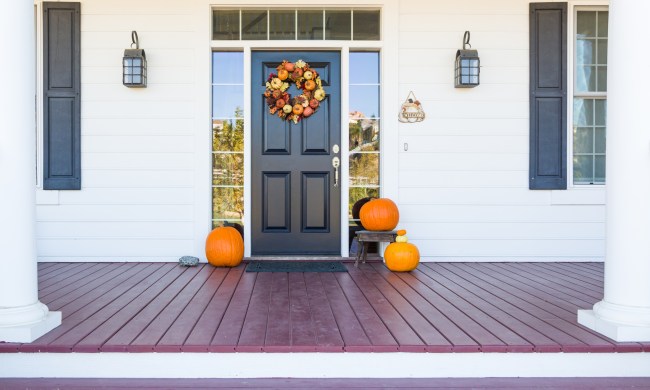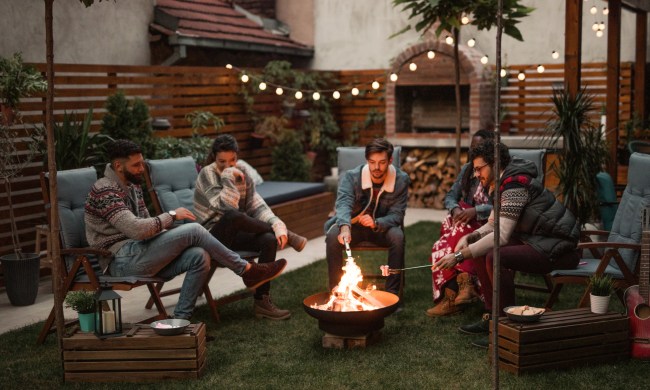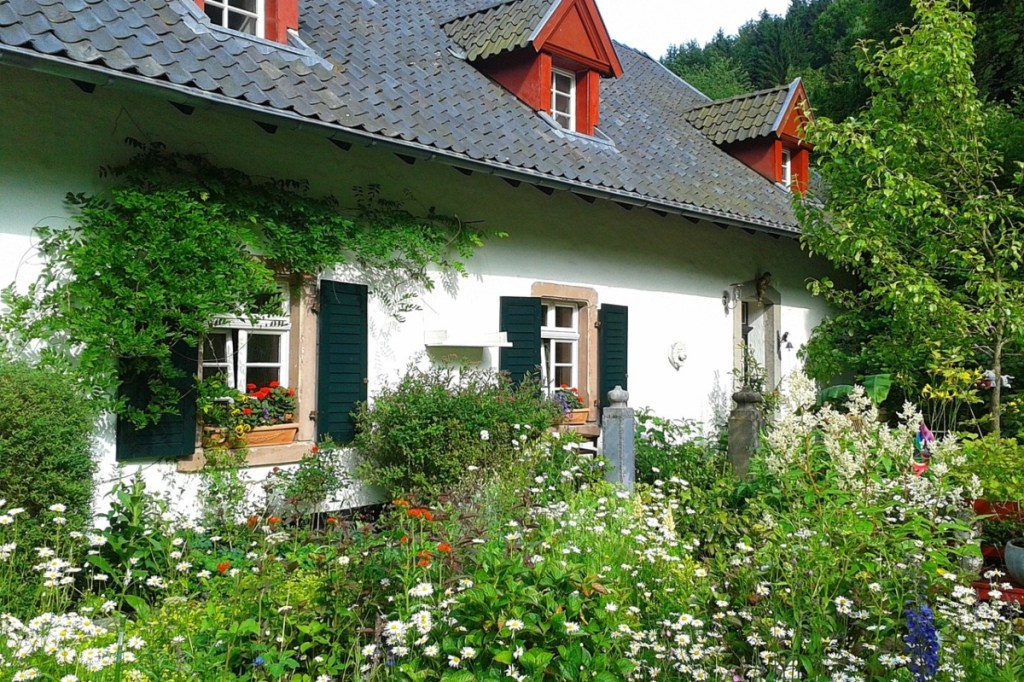
For many years now, lush green lawns have dominated our landscapes, but a new trend has caught the attention of many environmentalists around the nation. Native plant yards, wildlife conservation lawns, and wildflower lawns are becoming more prominent in front yards and backyards. This is due to the increasing interest in sustainability, environmentally friendly lawn solutions, and the growing interest in cottage home designs.
If you’re looking for a unique way to switch up your landscaping this summer or want to achieve a cottage-yard aesthetic, then a native plant yard could be just what you need. Here’s what you should know.
What is a native plant yard?
Traditionally, homeowners often care for their yards by mowing the lawn, adding sod, or planting grass seed. This gives the look of a lush, fresh green yard that many people work hard to achieve all summer long. However, the native plant yard is a step in a different direction.
Those who adore the more natural and organic look of a native plant yard typically avoid mowing the grass or planting grass seed. Instead, this new trend in landscaping allows native plants and wildflowers to spring up and flourish in place of the traditional green lawn. Wild grasses, wildflowers, and small shrubs create a cottage-like aesthetic that feels almost overgrown and entirely natural.
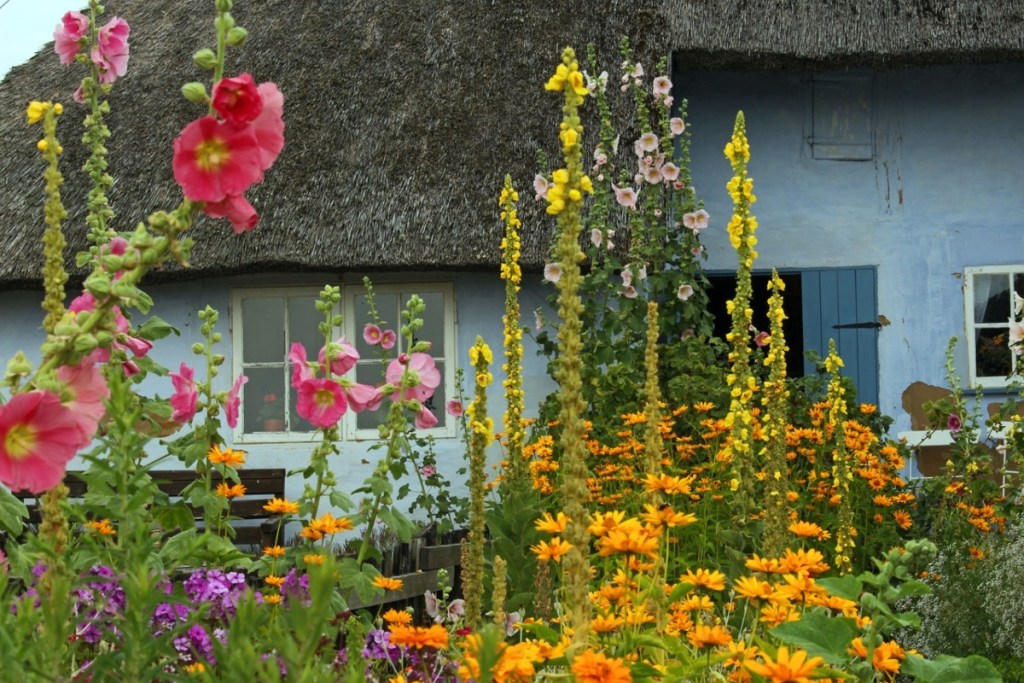
Why do people want to grow native plants?
How did the native plant yard become so trendy? As young environmentalists set foot in their own homes, they began seeking more natural ways to care for their yards. A freshly cut lawn can require a lot of upkeep, herbicides, and water to maintain. The native plant yard trend revolutionizes lawn care by creating a more eco-friendly and natural lawn care routine.
Many people who enjoy native plant yards also enjoy the benefits of having them on their property. Native plant yards help local pollinators, add more biodiversity, are more eco-friendly to maintain, are easier to care for, and look great with a cottagecore aesthetic. In addition, by allowing the native plants to grow and thrive, homeowners don’t need to do much yard work and can sit back, allowing nature to run its course.
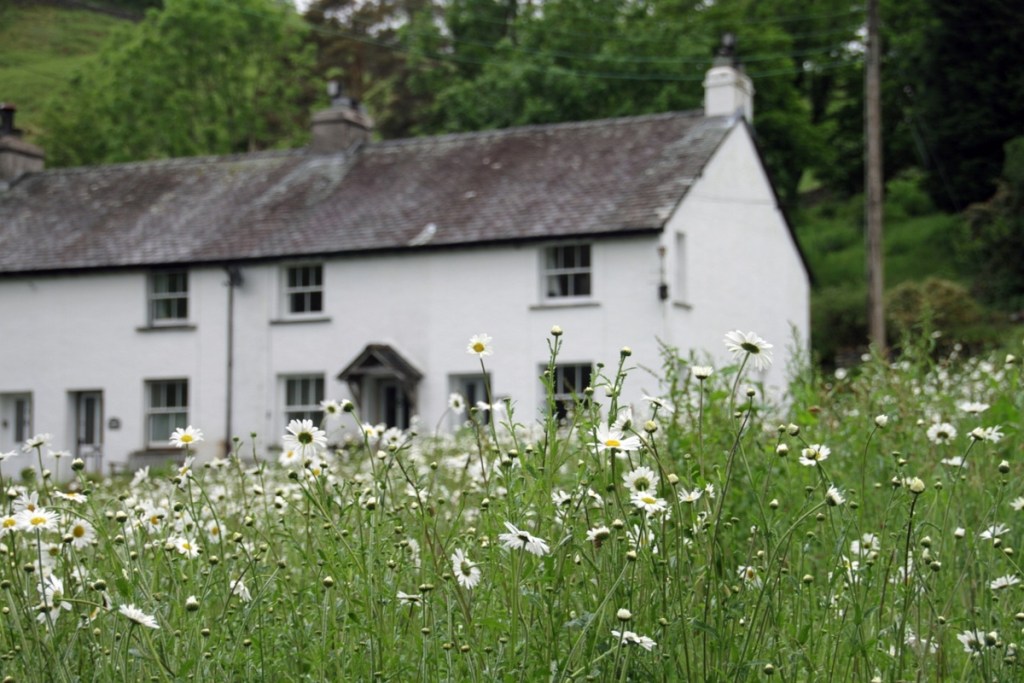
How can you make a native plant yard look good?
While the overgrown lawn doesn’t always sound appealing to every homeowner, there are ways to participate in the trend without completely letting your yard go wild.
One of the easiest ways to have a native plant yard is to designate smaller sections of the yard as no-mow zones rather than leaving the whole yard unattended. You could do this in a flower bed, around trees, or even just leave a section of the yard un-mowed to allow native plants to thrive.
For those who want to participate in a fully native plant yard, it’s important to remember that you will need to perform some maintenance to keep the property safe and looking nice. Be sure to cut back weeds that interrupt pathways and tidy the edges of both walkways and the driveway. Additionally, you could sprinkle in some wildflower seeds or plant other lush foliage to fill out the space. Also, be sure to mow the edges of the property to prevent a risk of fire spreading and mow natural pathways throughout the landscape to keep the native plants under control.
Native plant yards aren’t for everyone, but the trend has undoubtedly made an impact on how many environmentalists view landscaping. So, if you’re interested in trying out this 2023 lawn trend or encouraging more native plants to spring up in designated sections on your lawn, try out the native lawn trend and live out your cottagecore dreams.


